When we think about UNESCO World Heritage sites, we often picture ancient temples, breathtaking natural landscapes, or historic city centers. But did you know that UNESCO also recognizes intangible cultural heritage—including culinary traditions that have been passed down for generations? These gastronomic cultures represent more than just delicious meals; they embody the history, craftsmanship, and cultural identity of entire communities.
Here is a list of 15 cities where the local food culture is so significant that UNESCO has designated it as part of humanity’s intangible cultural heritage.
Parma, Italy

Parma stands as the crown jewel of Italy’s Food Valley, with its prized Parmigiano-Reggiano cheese and Parma ham earning the city international acclaim. The traditional production methods for these specialties have remained largely unchanged for centuries, with artisans still aging cheese in enormous wheels and curing ham in hillside cellars where the air creates perfect conditions.
The Mediterranean diet, which features these products prominently, received UNESCO recognition in 2010, acknowledging the region’s farm-to-table philosophy and time-honored production methods.
Jerez de la Frontera, Spain
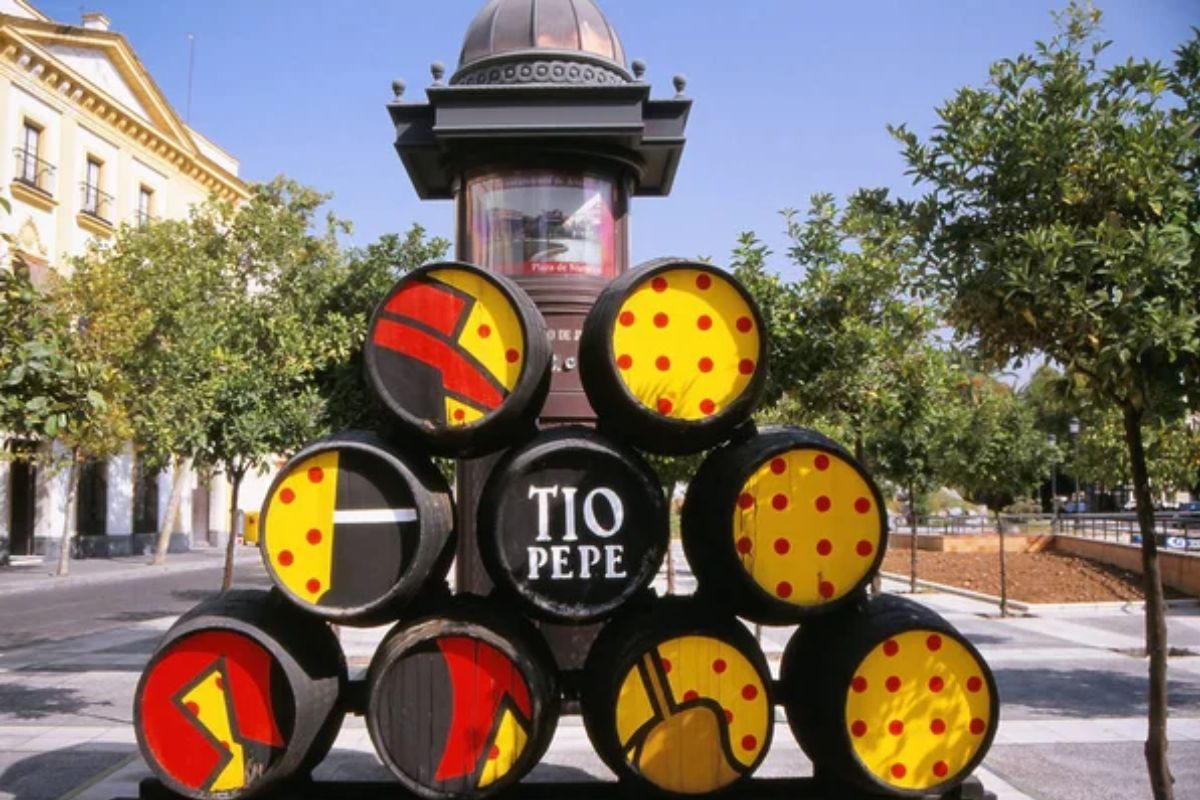
This charming Andalusian city is synonymous with sherry wine, produced through a unique aging system called ‘solera’ that dates back hundreds of years. Beyond the fortified wine itself, Jerez has developed an entire culture around its production, including the distinctive architecture of the bodegas and the traditional harvest celebrations.
UNESCO recognized the Mediterranean diet of Spain (including sherry culture) in 2010, validating centuries of viticultural wisdom and the social rituals that have grown around these practices.
Like Travel Pug’s content? Follow us on MSN.
Chengdu, China
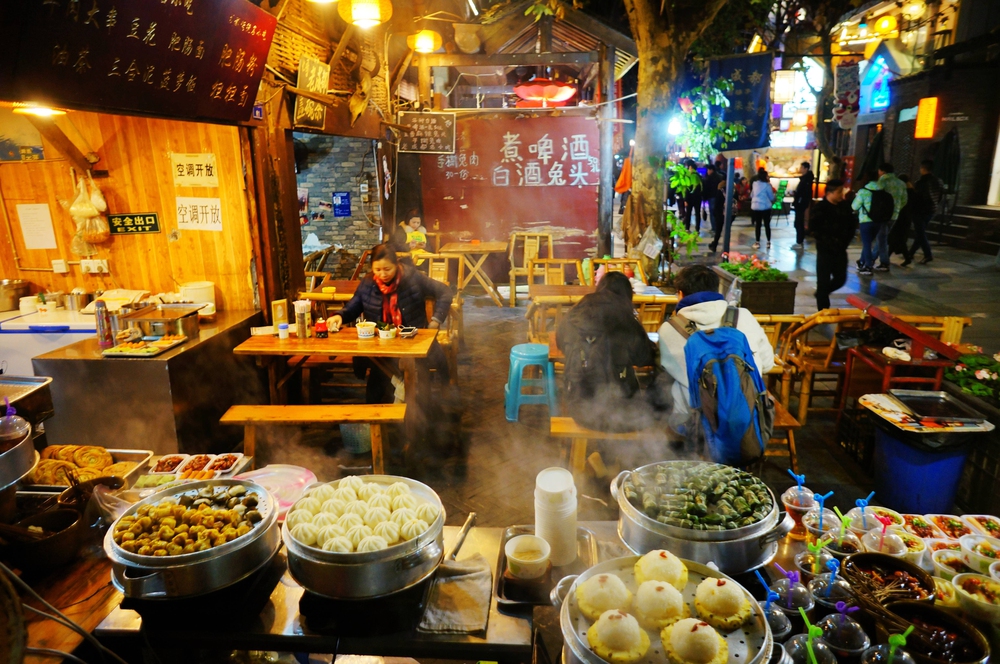
As the capital of Sichuan province, Chengdu earned UNESCO recognition for its remarkable food culture in 2010, making it the first city designated as a UNESCO City of Gastronomy. The distinctive Sichuan cuisine, known for its bold use of peppercorns that create a unique numbing sensation, has evolved over thousands of years.
Traditional cooking methods emphasize the balance of flavors—sour, sweet, bitter, spicy, and salty—and incorporate specialized techniques like double-steaming and flash-frying that require years of training to master.
Puebla, Mexico

Puebla’s culinary heritage centers around dishes like mole poblano, a complex sauce containing dozens of ingredients, including chocolate and multiple varieties of chilies. The city’s gastronomy represents a perfect fusion of pre-Hispanic and Spanish colonial influences, with techniques and ingredients from both cultures combining to create something entirely new.
UNESCO recognized traditional Mexican cuisine in 2010, highlighting Puebla’s role in preserving indigenous cooking methods and ingredients while adapting them through cross-cultural exchange.
Osaka, Japan

Known as ‘Japan’s kitchen,’ Osaka boasts a vibrant street food culture centered around casual dining establishments called ‘yatai.’ The city’s signature dishes include takoyaki (octopus balls), okonomiyaki (savory pancakes), and kushikatsu (deep-fried skewers).
Washoku, traditional Japanese cuisine with its emphasis on seasonal ingredients and precise preparation, received UNESCO recognition in 2013, acknowledging Osaka’s contribution to preserving these culinary traditions through its bustling markets and multi-generational family restaurants.
Like Travel Pug’s content? Follow us on MSN.
Lyon, France
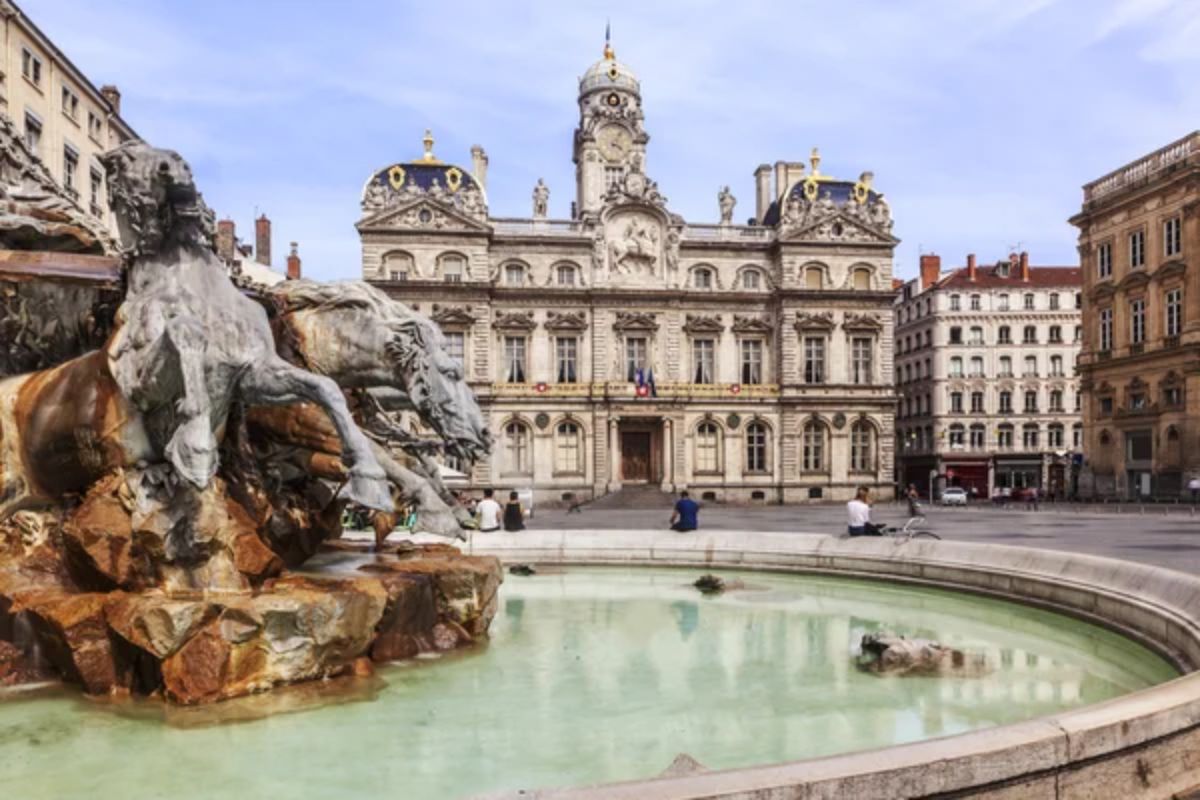
Often called the gastronomic capital of France, Lyon’s culinary legacy includes the tradition of ‘bouchons’—small, family-operated restaurants serving hearty, traditional fare. The city’s cuisine emphasizes quality ingredients from surrounding regions, prepared with techniques refined over centuries.
The French gastronomic meal, recognized by UNESCO in 2010, celebrates Lyon’s approach to dining as a social ritual, with carefully structured courses and precise wine pairings that transform eating into a comprehensive cultural experience.
San Sebastian, Spain

This coastal Basque city boasts one of the highest concentrations of Michelin-starred restaurants in the world, alongside a thriving pintxos (tapas) culture. Traditional Basque cooking techniques focus on highlighting the exceptional quality of local ingredients, particularly seafood hauled in daily by the city’s fishing fleet.
UNESCO recognized the Mediterranean diet of Spain in 2010, which includes the Basque Country’s unique contributions to Spanish gastronomy and the social practices surrounding communal dining and sharing small plates.
Istanbul, Turkey

Straddling two continents, Istanbul’s cuisine represents a magnificent fusion of Asian and European influences refined over centuries. The city’s food traditions include the ritual of Turkish coffee preparation, the craft of baklava-making, and the communal aspect of sharing mezze platters.
UNESCO acknowledged this rich heritage in 2013 when it recognized the Turkish coffee culture as an intangible cultural heritage, highlighting the specialized techniques and social customs surrounding this daily ritual.
Like Travel Pug’s content? Follow us on MSN.
Jeonju, South Korea

As the birthplace of bibimbap, Jeonju has preserved traditional Korean cooking methods through its ‘Hansik’ gastronomy for over a thousand years. The city maintains strict standards for ingredients, with many restaurants using only locally grown produce following ancient agricultural practices.
UNESCO designated Jeonju as a City of Gastronomy in 2012, recognizing its role in preserving traditional Korean cuisine and the rituals surrounding its preparation and consumption.
Oaxaca, Mexico
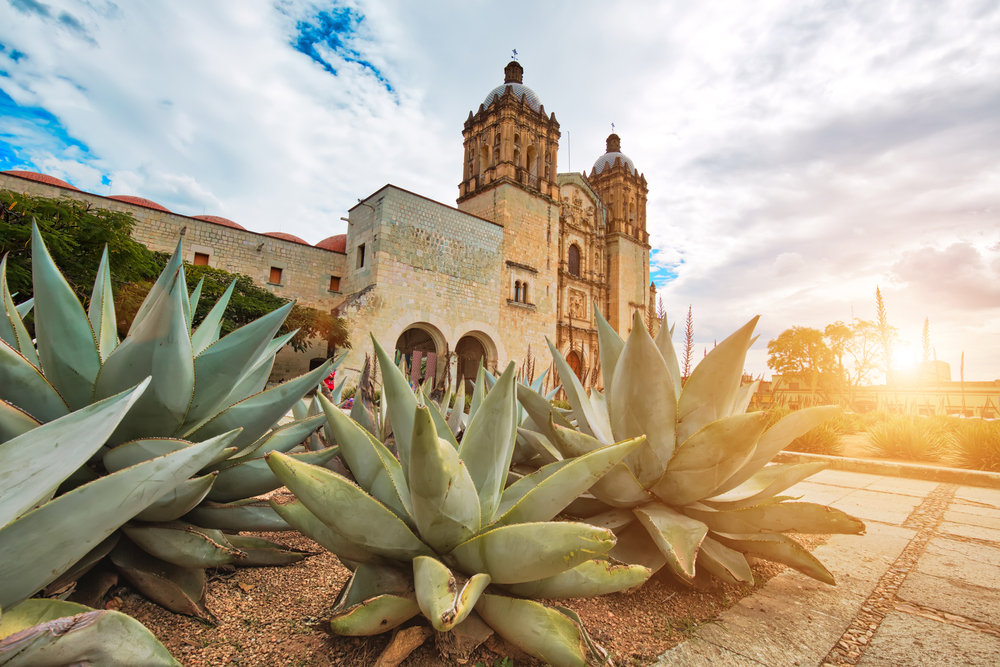
This southern Mexican city is renowned for its seven varieties of mole sauce, each representing different regional traditions and indigenous influences. Oaxacan cuisine incorporates ancient cooking methods like using underground pit ovens and grinding ingredients on stone metates.
UNESCO’s 2010 recognition of traditional Mexican cuisine specifically highlighted Oaxaca’s contribution to preserving pre-Hispanic cooking techniques and ingredients, particularly the use of corn, beans, and chilies prepared according to millennia-old traditions.
Naples, Italy

Naples gave the world pizza, and the traditional art of Neapolitan ‘pizzaiuolo’ received specific UNESCO recognition in 2017. This craft involves more than just cooking—it encompasses the theatrical spinning of dough, precise wood-fired oven temperatures, and specific ingredient requirements.
The protection ensures that authentic Neapolitan pizza remains distinct from commercial interpretations, preserving techniques that have been passed down through generations of pizza-making families.
Like Travel Pug’s content? Follow us on MSN.
Rasht, Iran

This northern Iranian city along the Caspian Sea was designated a UNESCO Creative City of Gastronomy in 2015 for its distinctive cuisine that features fresh herbs, fish, and rice prepared using methods dating back to ancient Persia. The city’s signature dish, Mirza Ghasemi (smoked eggplant with garlic, tomatoes, and eggs), exemplifies the region’s emphasis on layered flavors and cooking techniques that maximize the natural qualities of ingredients.
Traditional cooking implements made from local materials remain in use throughout the city, connecting present-day practices to techniques developed centuries ago.
Phuket, Thailand

This island province earned UNESCO recognition in 2015 for its unique Peranakan cuisine, a fusion of Chinese, Malay, and Thai influences developed over centuries of cultural exchange. Signature dishes include moo hong (stewed pork belly with soy sauce and spices) and oh tao (oyster omelet with taro root).
The UNESCO designation acknowledges Phuket’s role in preserving traditional cooking methods while adapting them to incorporate diverse cultural influences, creating a distinct culinary identity that reflects the island’s history as a trading crossroads.
Hatay, Turkey
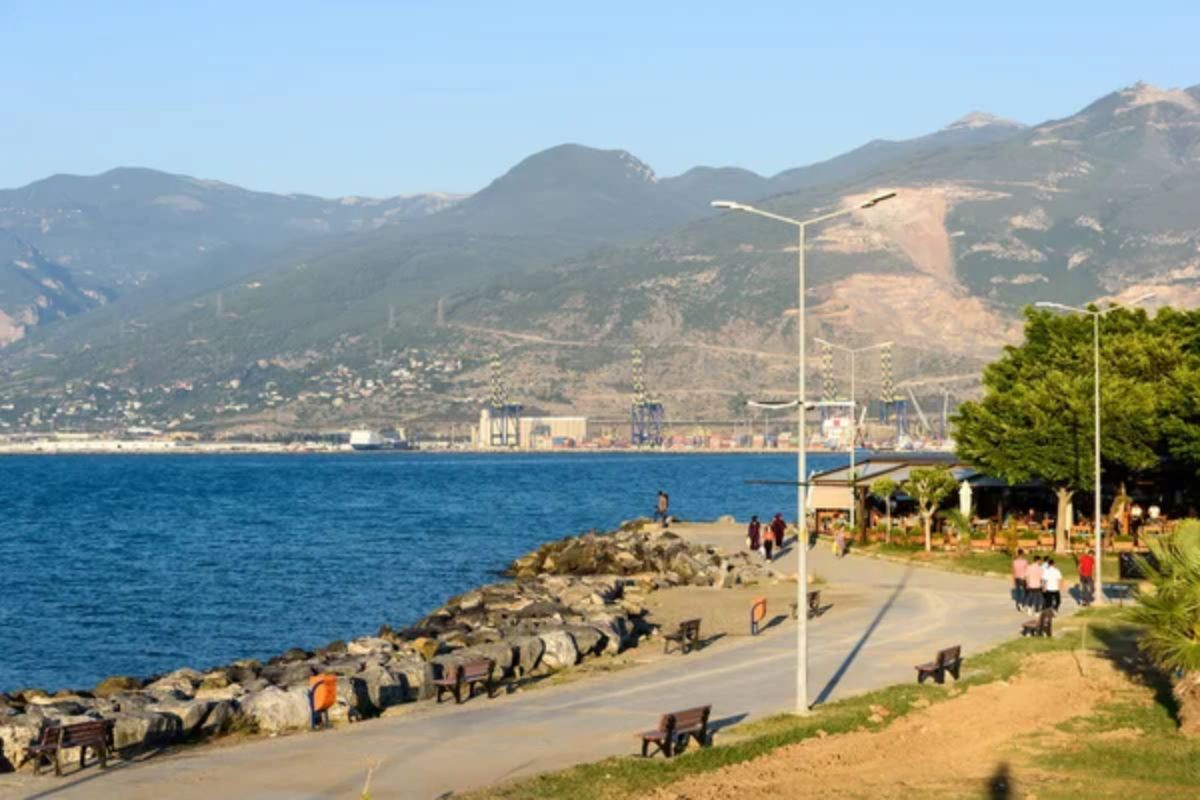
Located near the Syrian border, Hatay’s cuisine represents an extraordinary blend of Mediterranean, Middle Eastern, and Anatolian influences refined over thousands of years. The city’s food traditions include unique dishes like künefe (a cheese-filled pastry soaked in sweet syrup) and techniques for preparing over 600 varieties of mezze.
UNESCO recognized Hatay as a City of Gastronomy in 2017, acknowledging its role as a culinary crossroads where diverse traditions have merged to create distinctive flavors and preparation methods.
Like Travel Pug’s content? Follow us on MSN.
Macao, China

As a former Portuguese colony, Macao developed a unique fusion cuisine that blends Chinese ingredients with Portuguese techniques and spices from former trading partners. This Macanese cuisine includes dishes like African chicken (galinha à Africana) and minchi (spiced minced meat with rice).
UNESCO designated Macao as a Creative City of Gastronomy in 2017, recognizing how this small territory has preserved culinary traditions that tell the story of cultural exchange along ancient maritime trade routes.
Culinary Preservation for Future Generations

These UNESCO designations do more than just recognize good food—they help protect traditional knowledge that might otherwise be lost in our fast-paced, globalized world. By highlighting these culinary traditions, UNESCO encourages preservation efforts, supports local food producers, and ensures that future generations can experience these authentic flavors and techniques.
As we travel to these cities, sampling their protected food traditions becomes not just a pleasure for our taste buds, but a way to participate in living cultural heritage that has shaped human history.
More from Travel Pug

- 20 Destinations That Were Once Thriving but Are Now Quietly Disappearing
- 15 Hidden Spots in Disney World’s Magic Kingdom Most Visitors Miss
- 20 Once-Popular Beach Towns That Are Now Ghostly Empty
- 20 Beautiful US Lakefront Towns Where You Can Live for Under $2000 a Month
- 20 Caribbean Islands That Are Safer Than People Think
Like Travel Pug’s content? Follow us on MSN.
